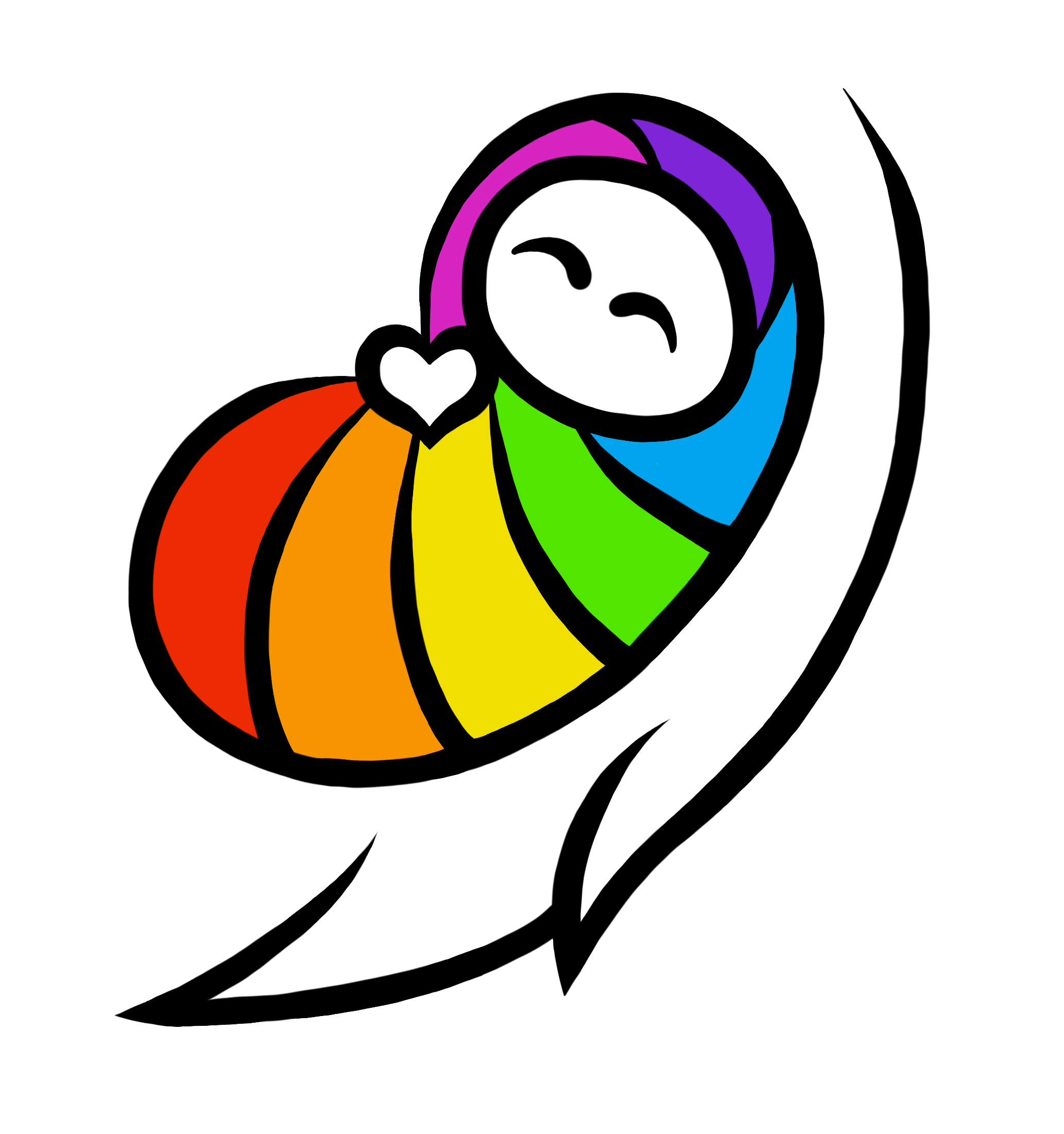Throughout your pregnancy, your midwife will offer to listen to baby’s heartbeat at your routine appointments. This is a good way to reassure you that all is well with your baby.
There are two options for listening to baby – an electronic doppler, which uses ultrasound waves to pick up baby’s heartbeat and plays it out loud, and a manual fetoscope or Pinard stethoscope, which uses its shape to amplify the sound of baby’s heart beat into the ears of the listener.
Electronic dopplers can be used from about 12 weeks of pregnancy, while a Pinard or fetoscope can be used from about 28 weeks of pregnancy.
Listening to your baby is only a snapshot in time – it does not predict a good outcome, only tells us that baby is well at that moment. Once you start feeling baby move regularly, this is the most important indicator of baby’s wellbeing, especially after 28 weeks.
During labour, a Pinard or doppler can be used to listen to baby’s heart rate if you are in a home or birth centre setting, or if you are a low-risk labour in hospital.
